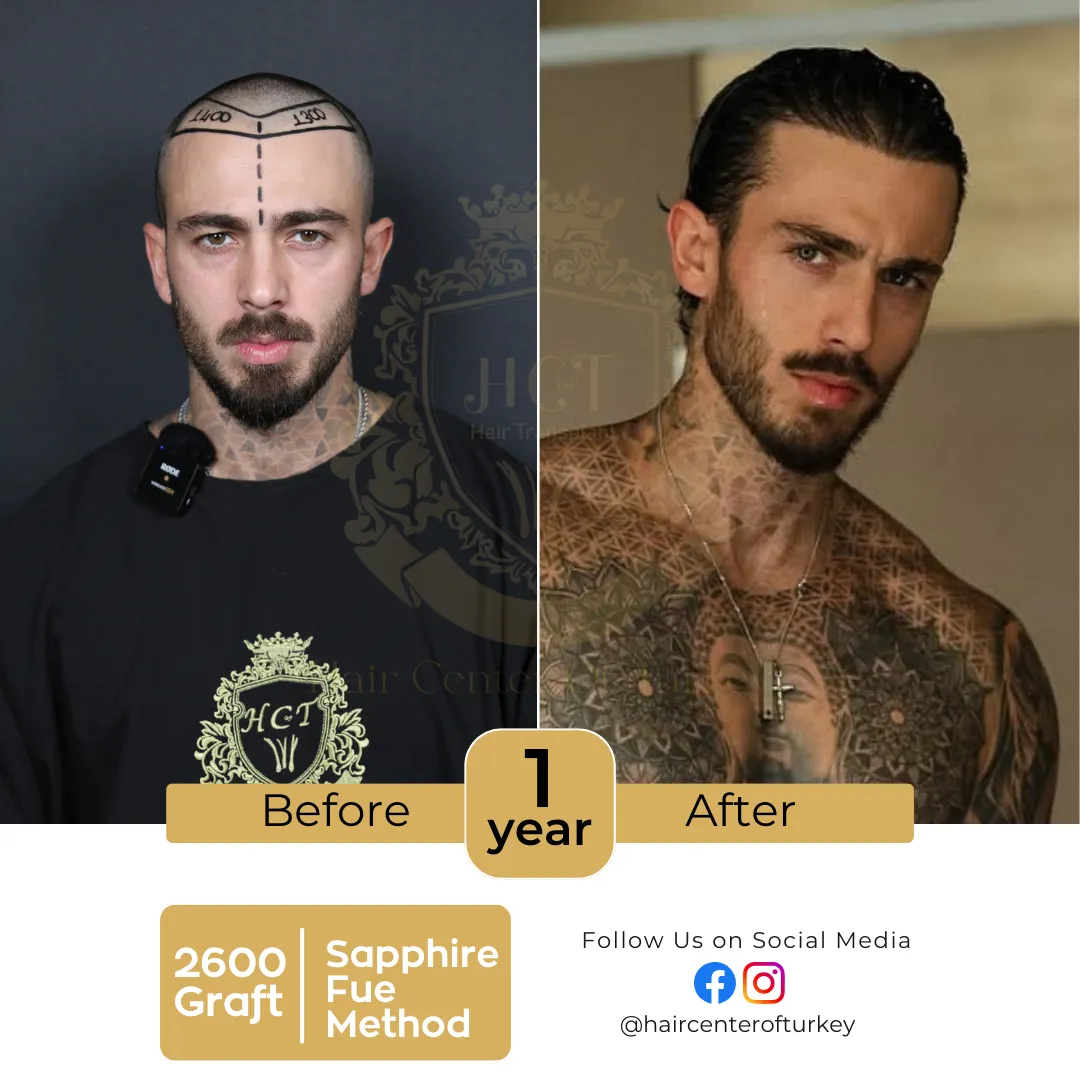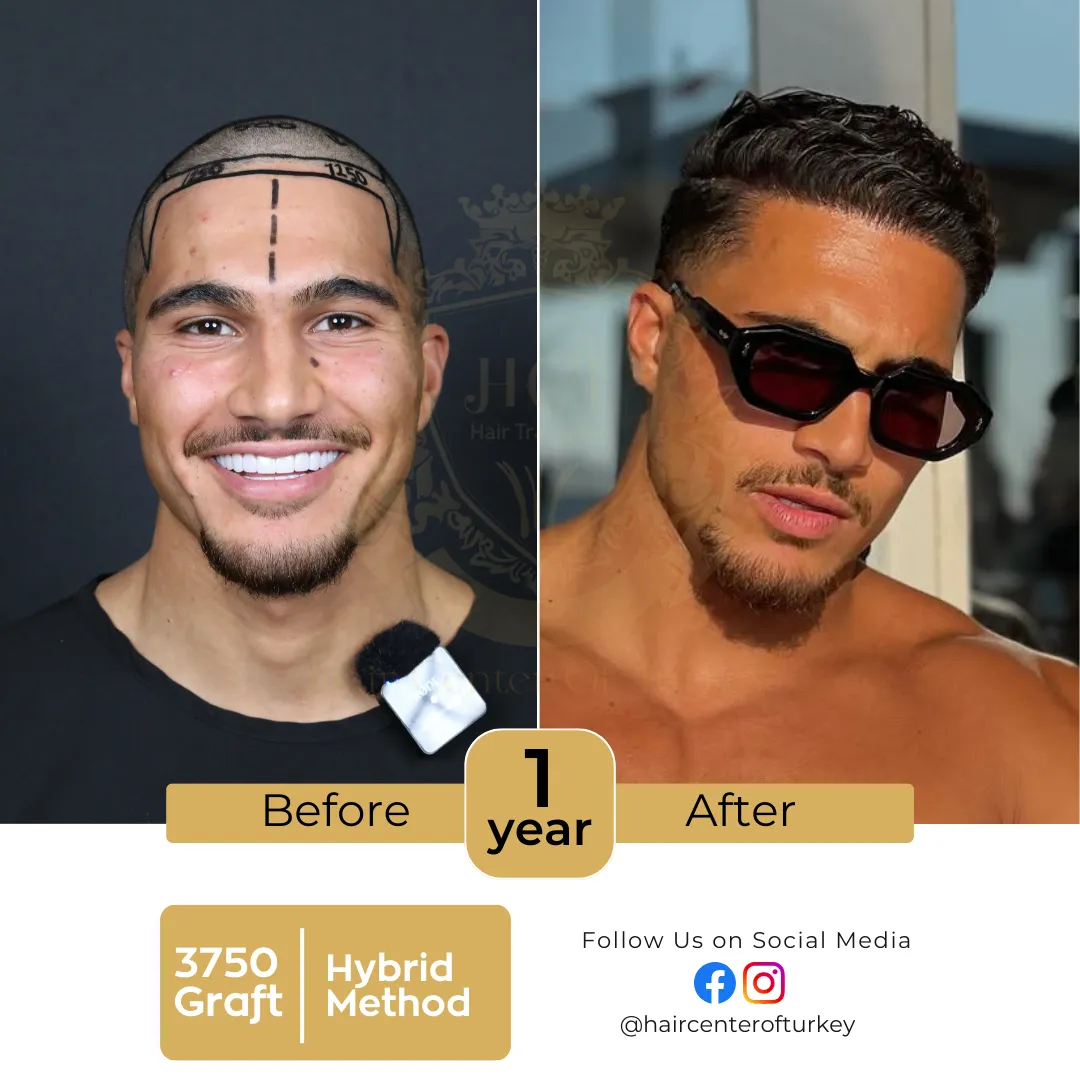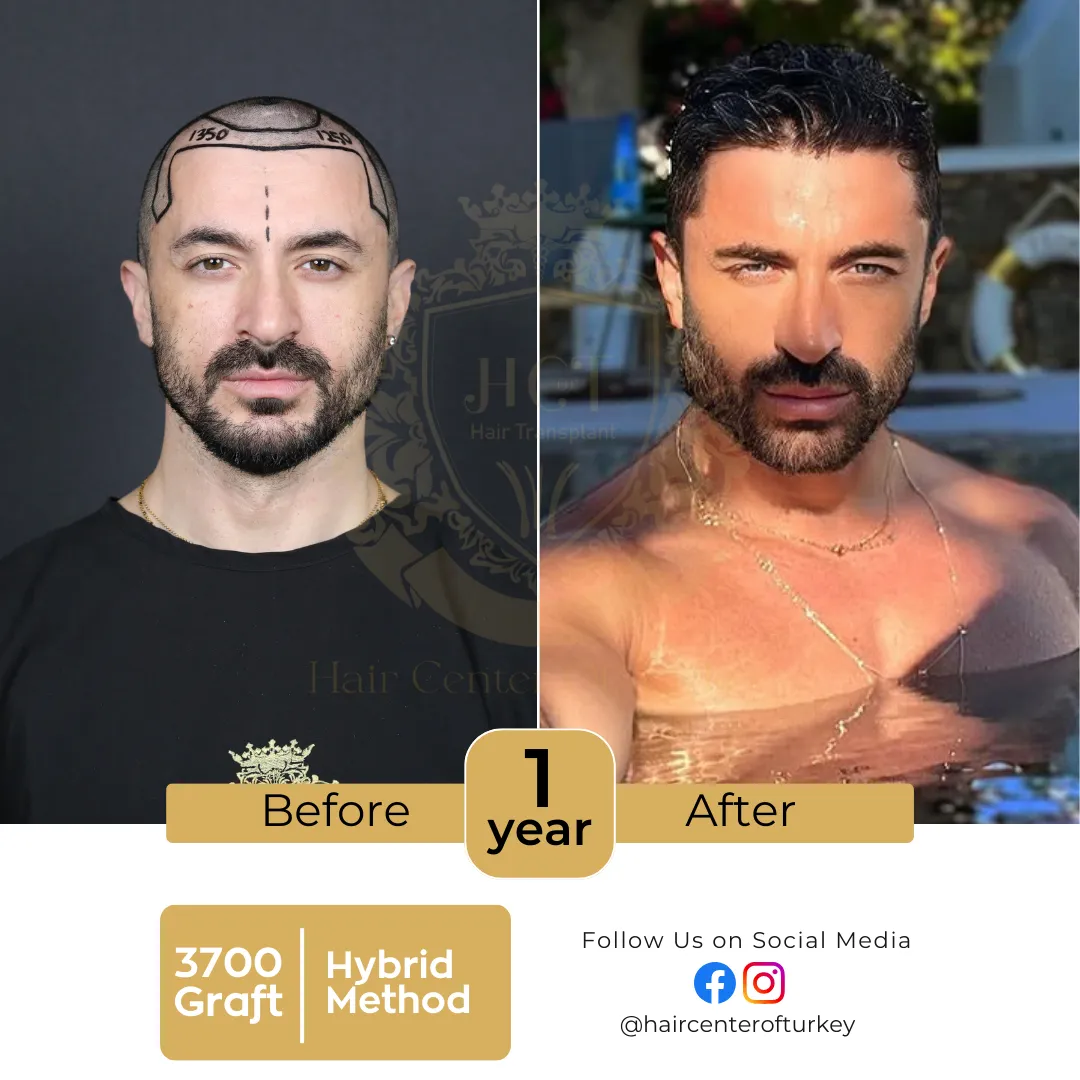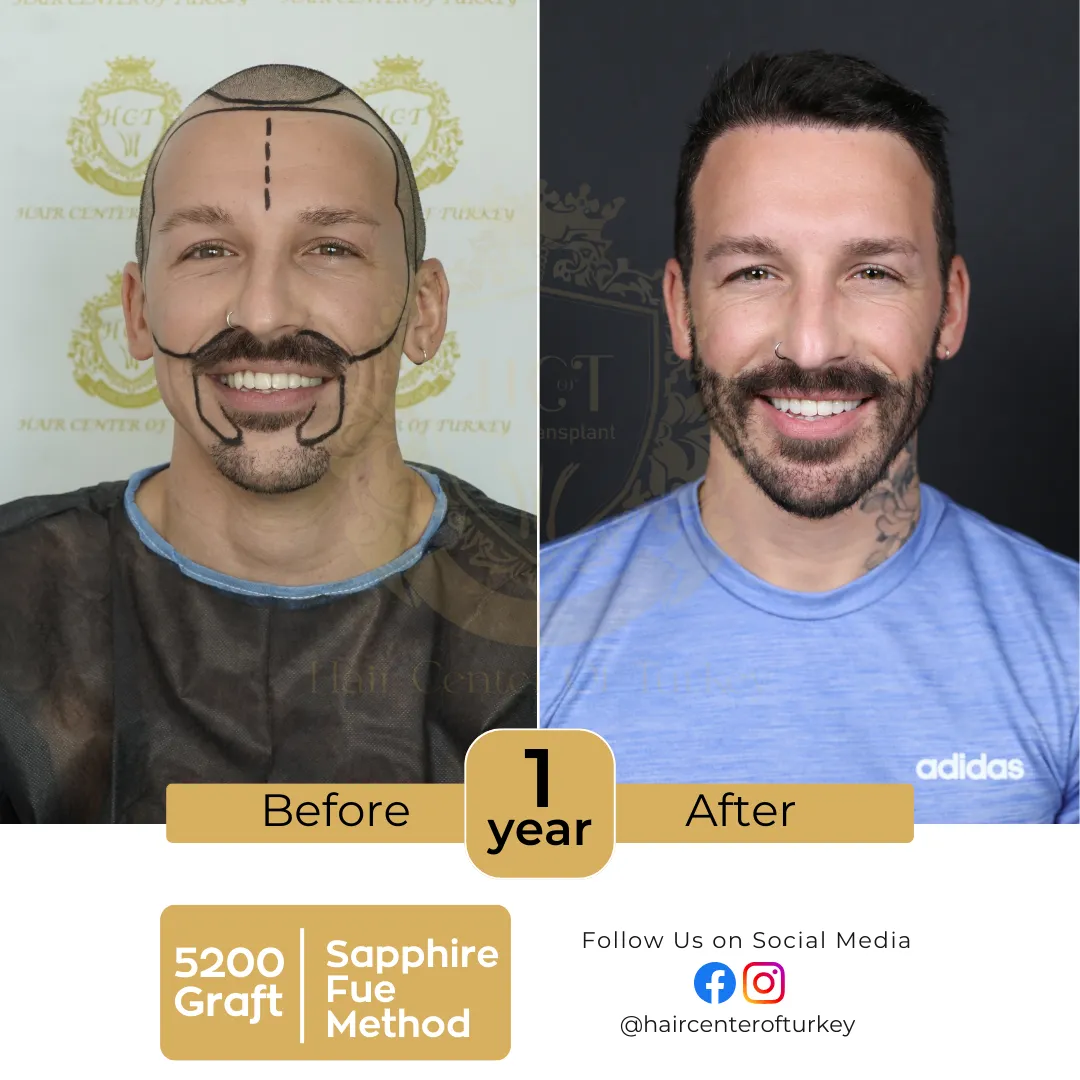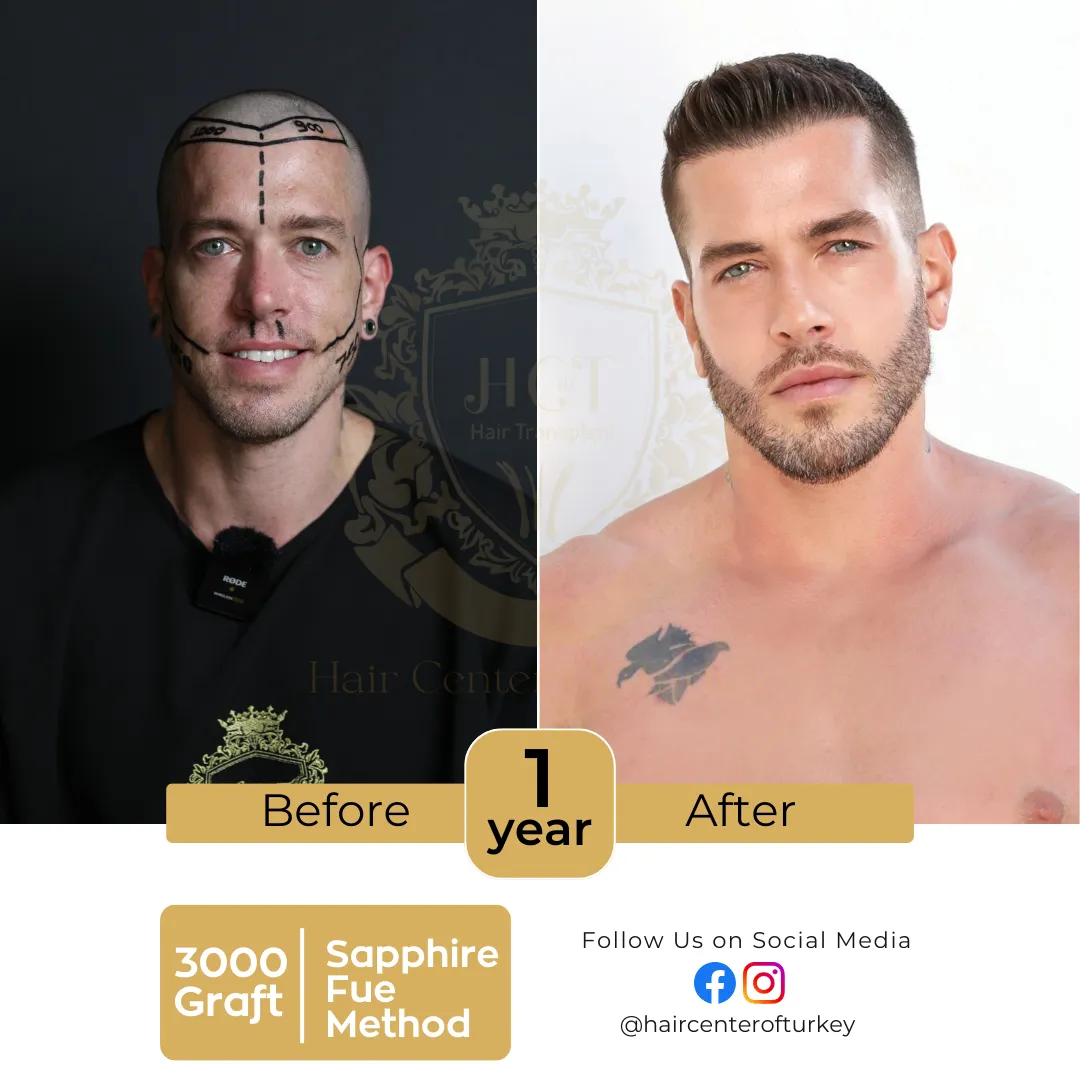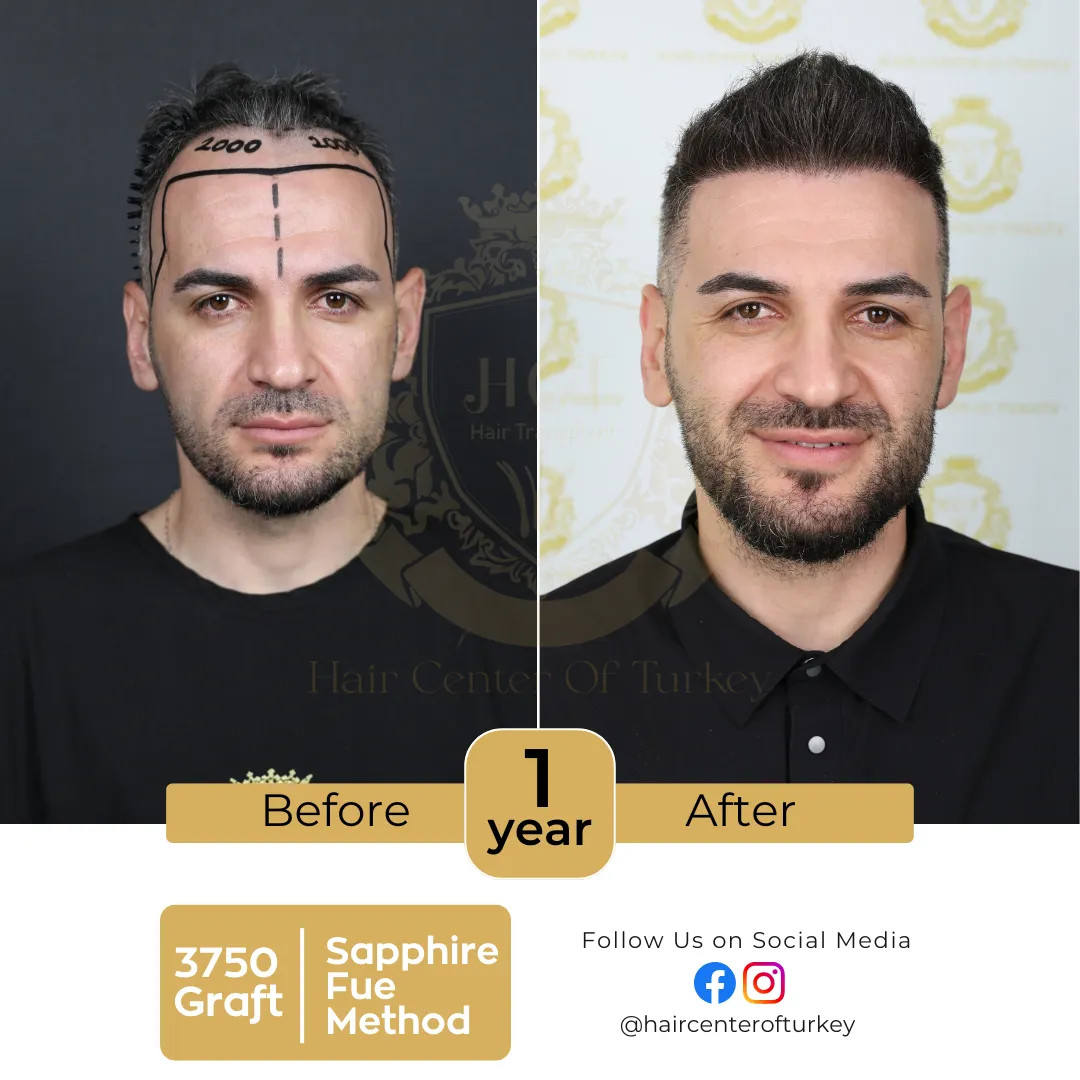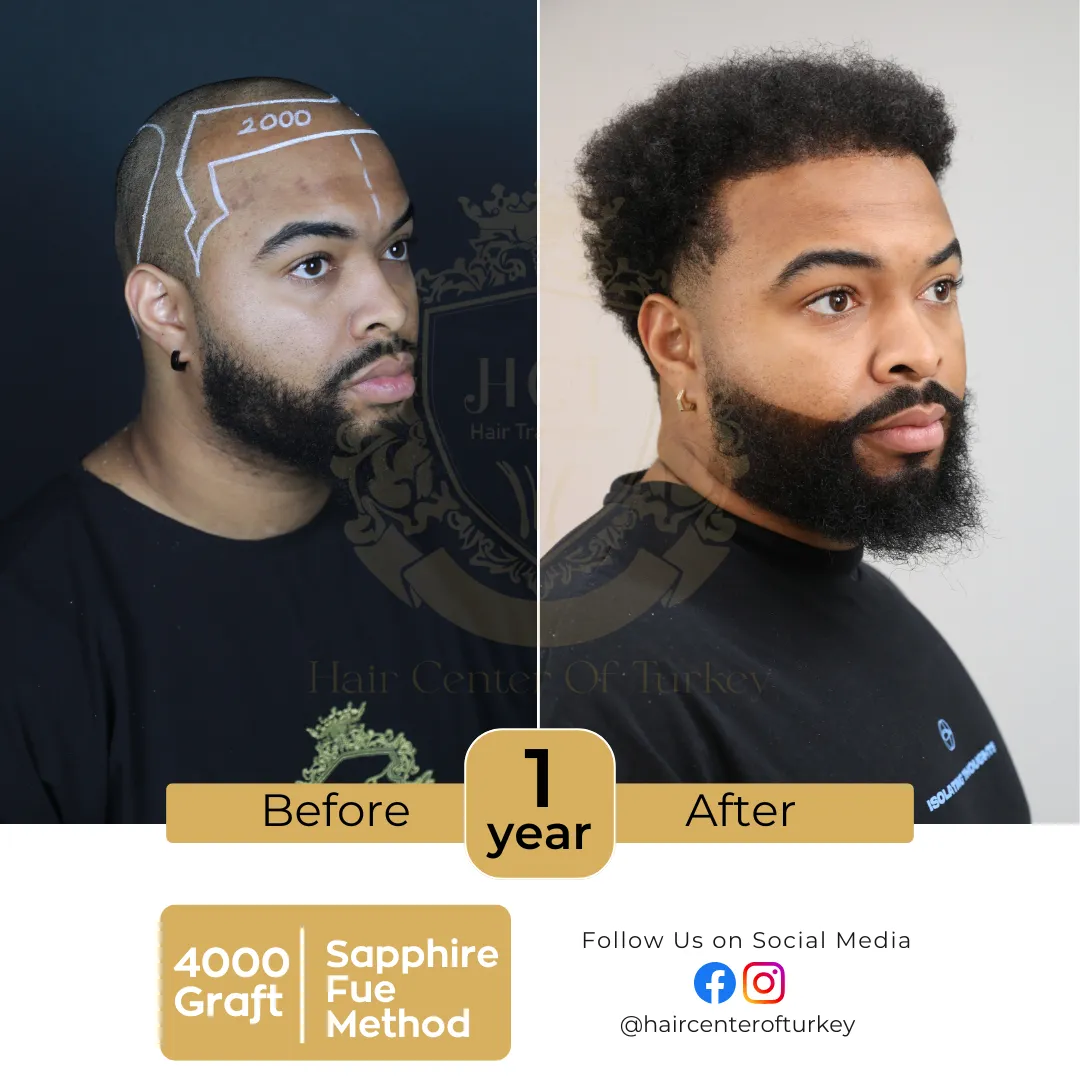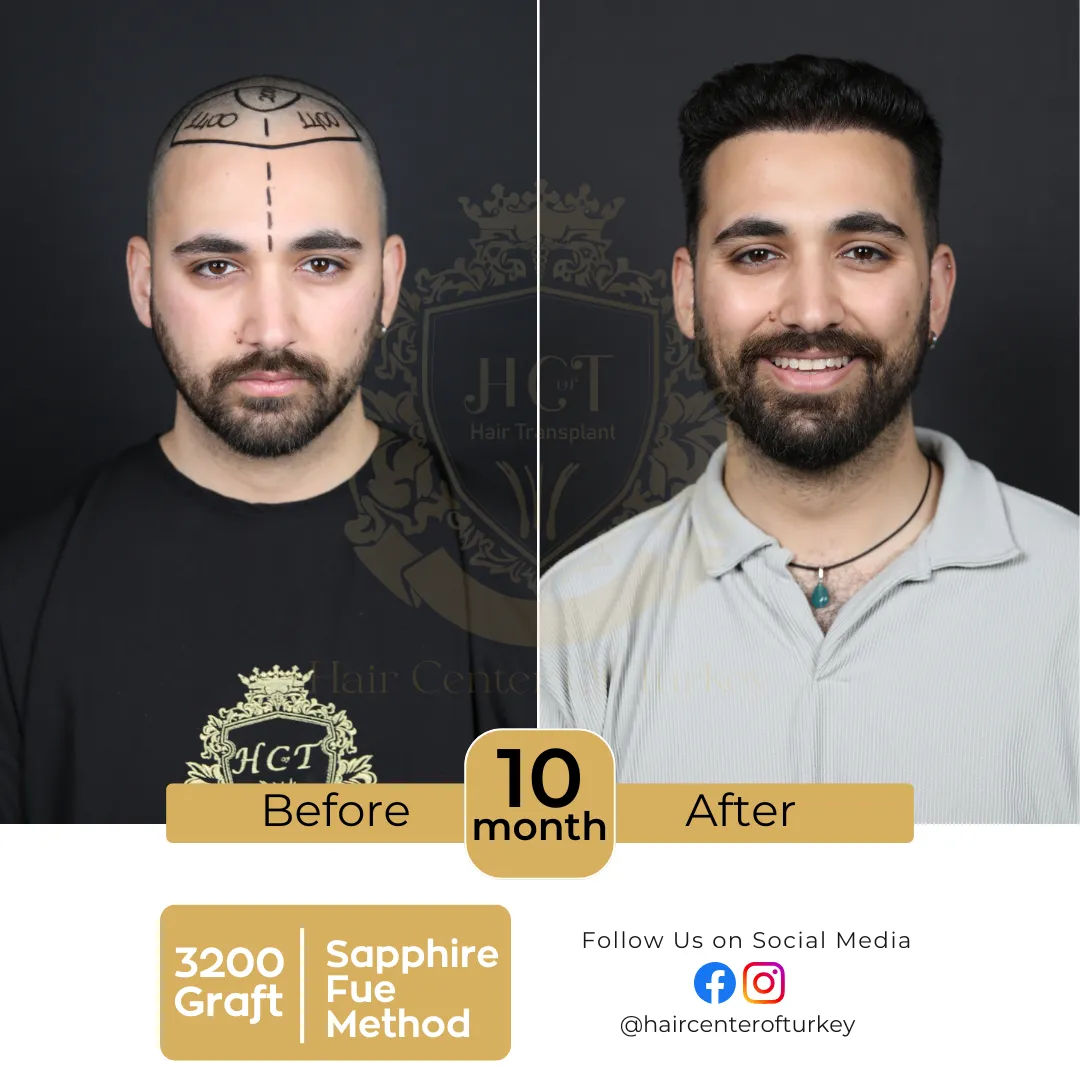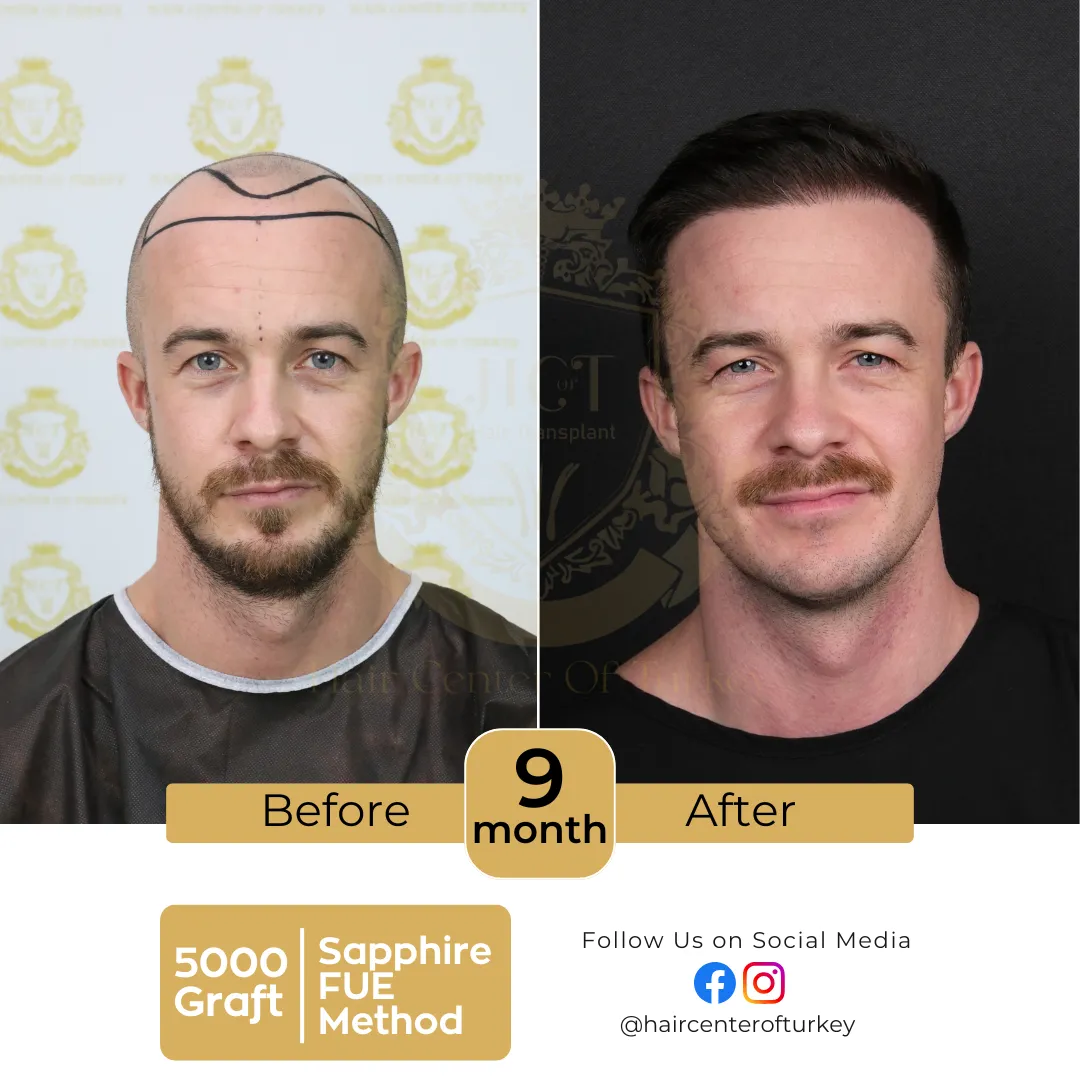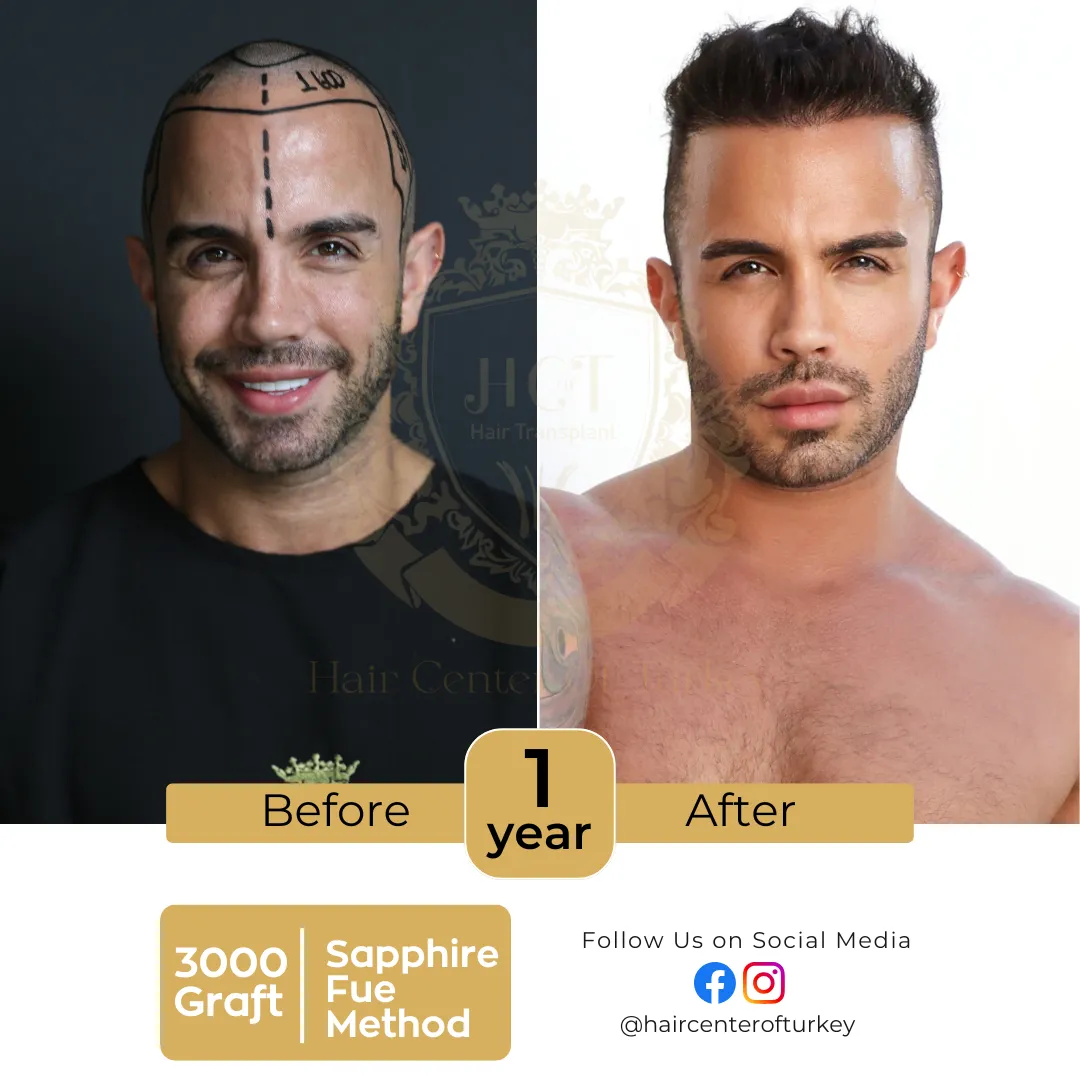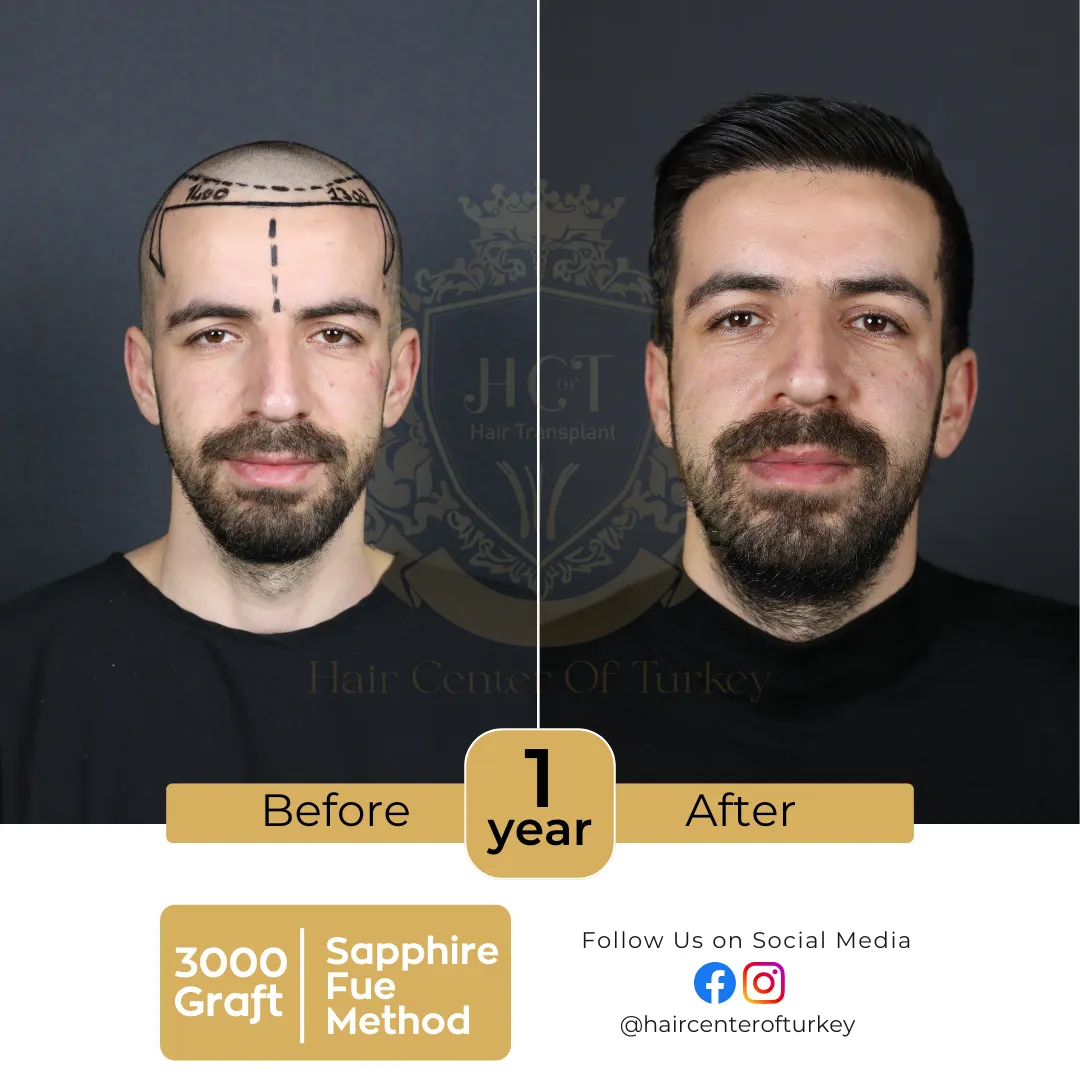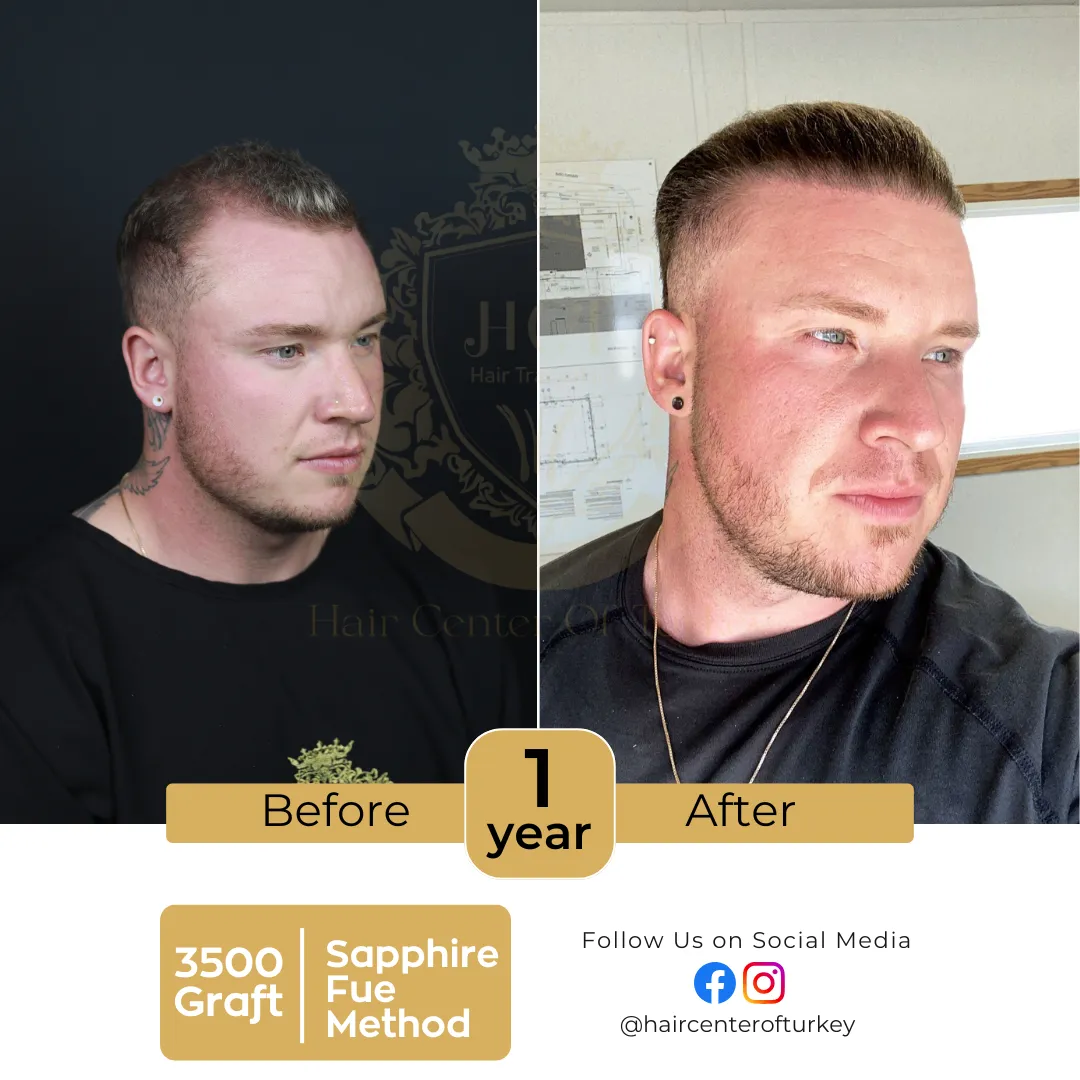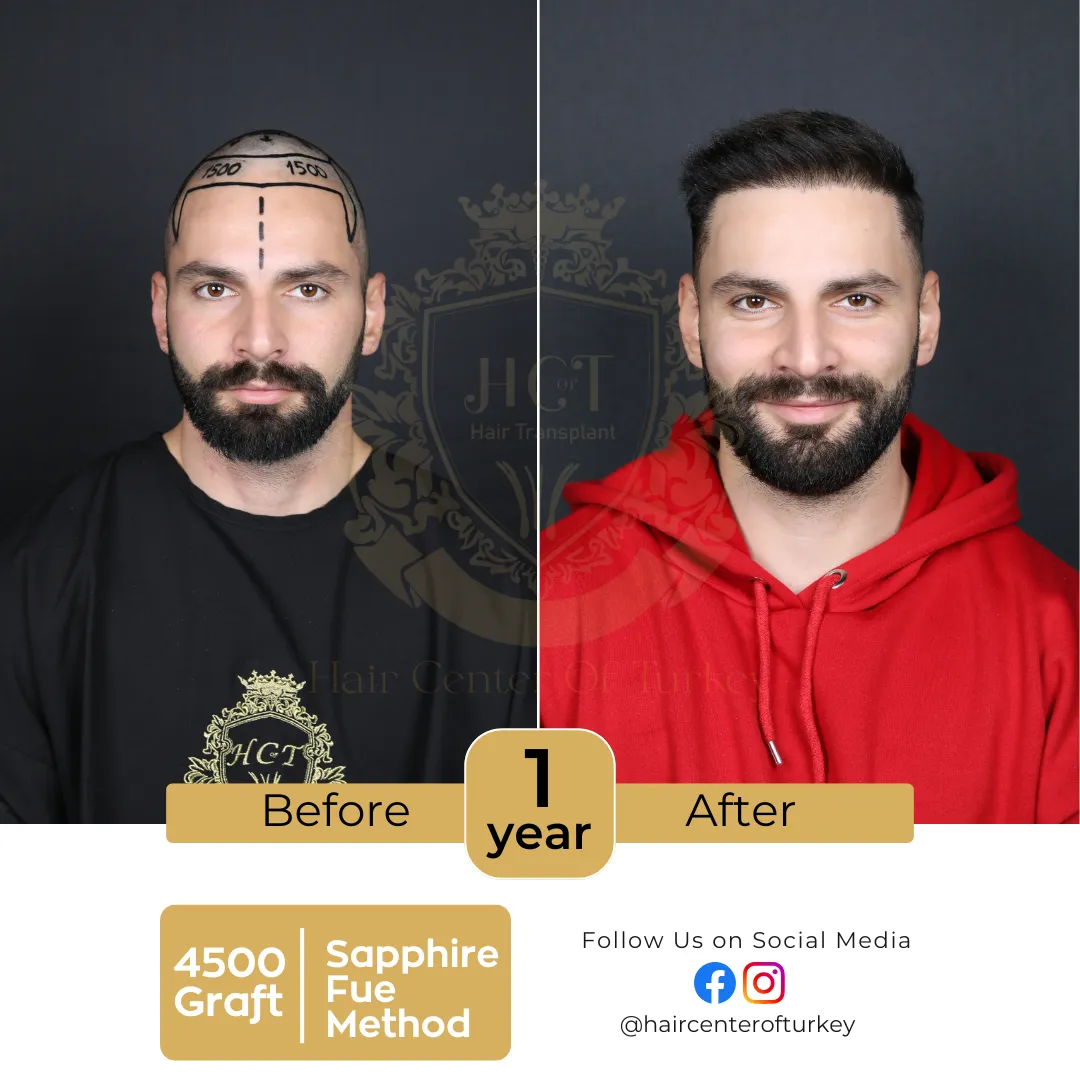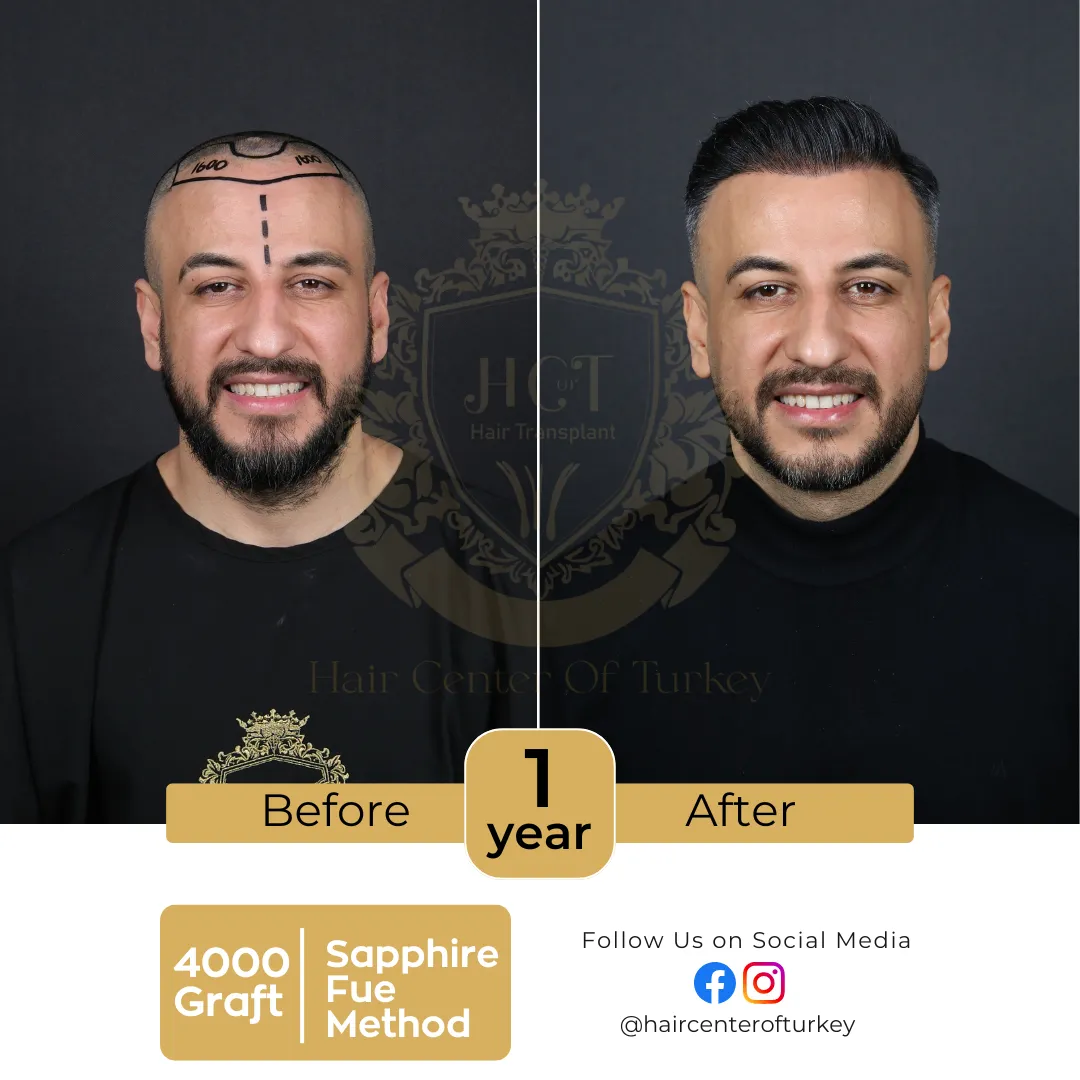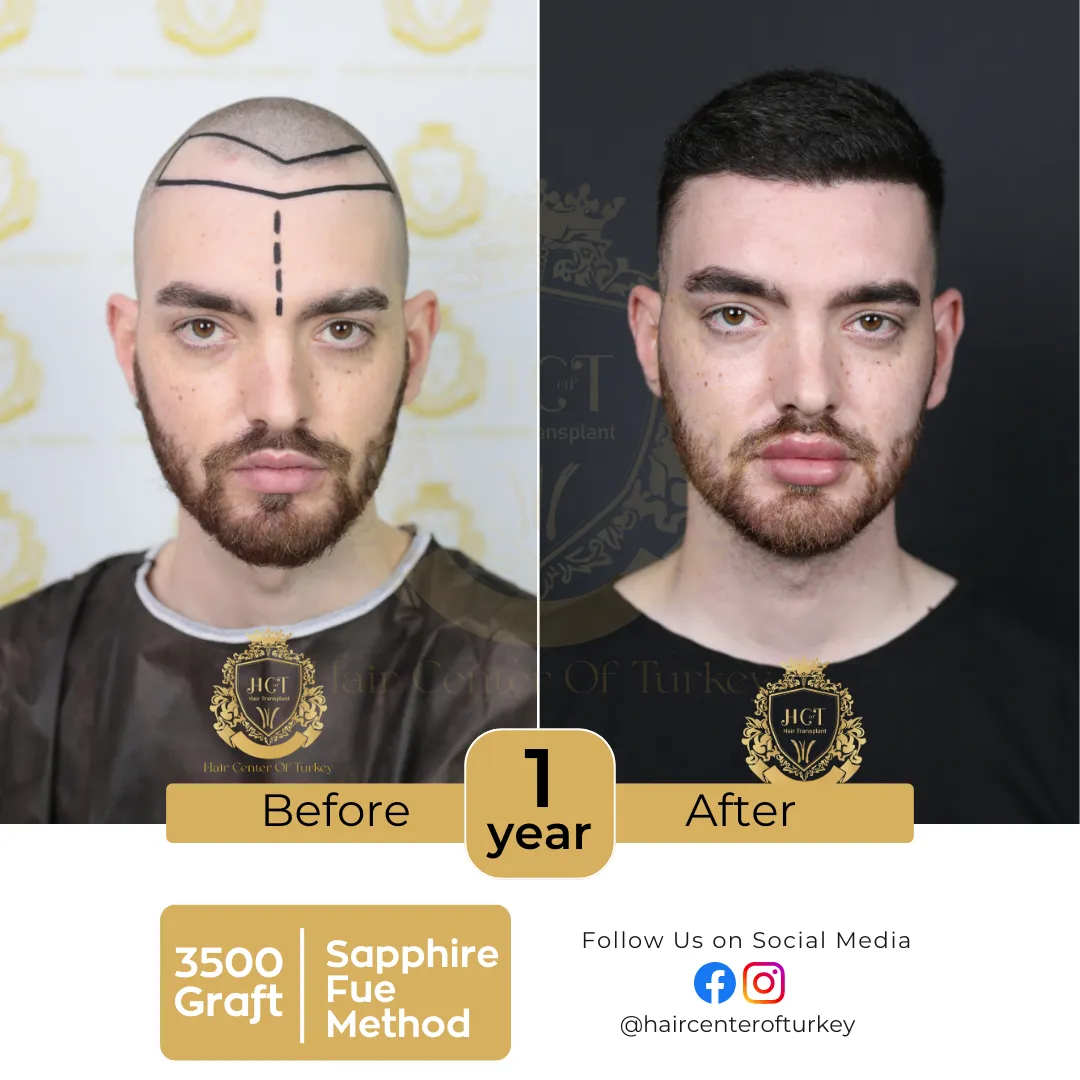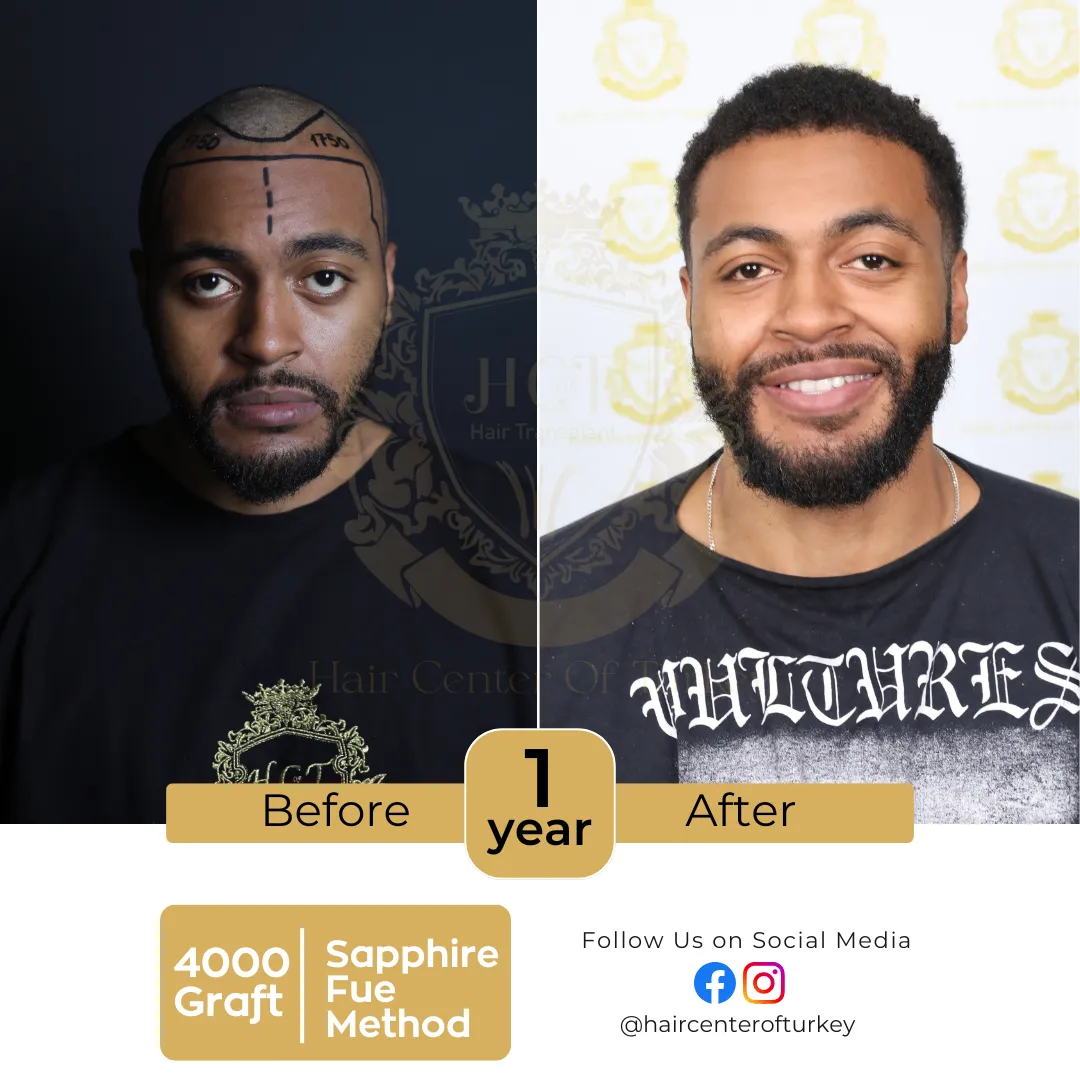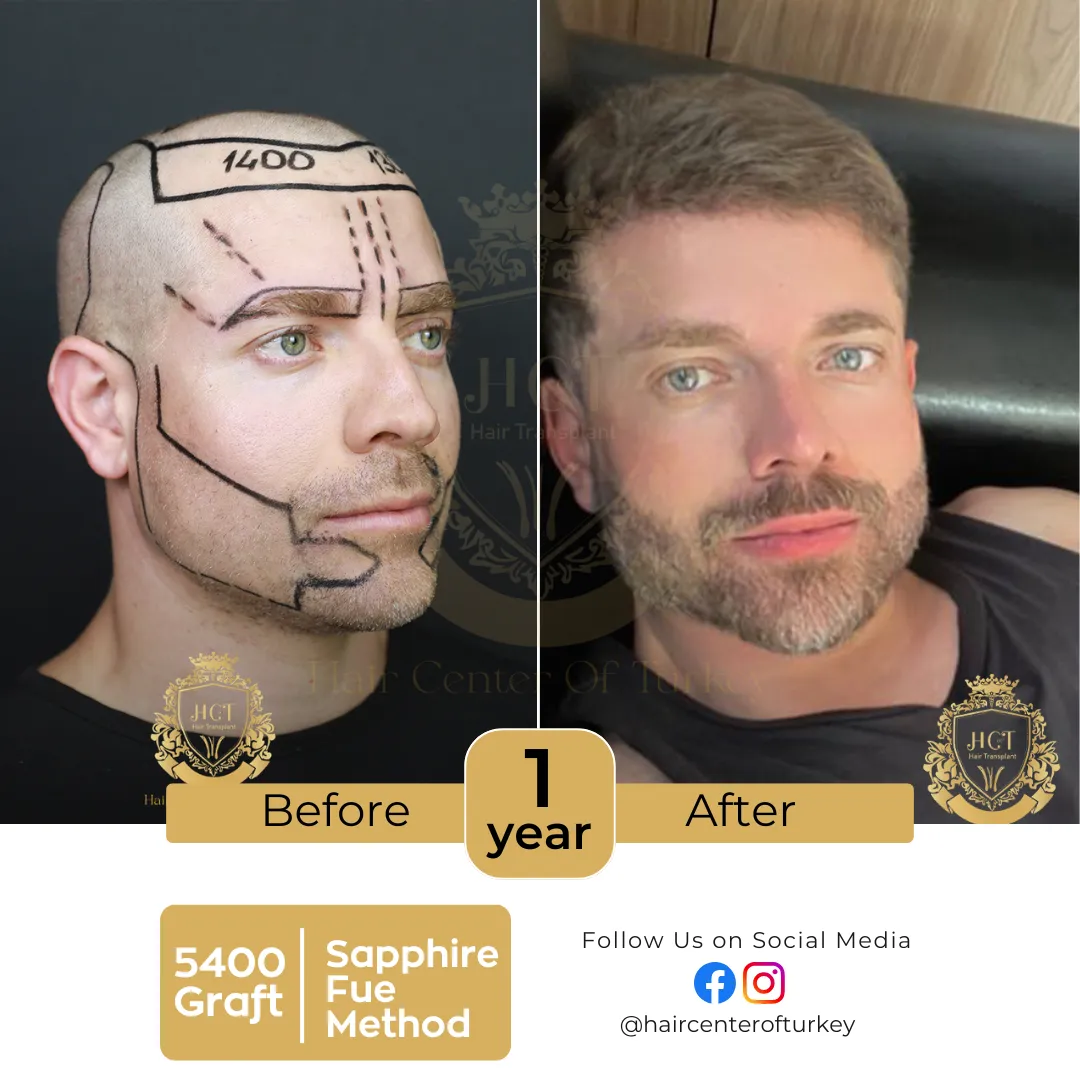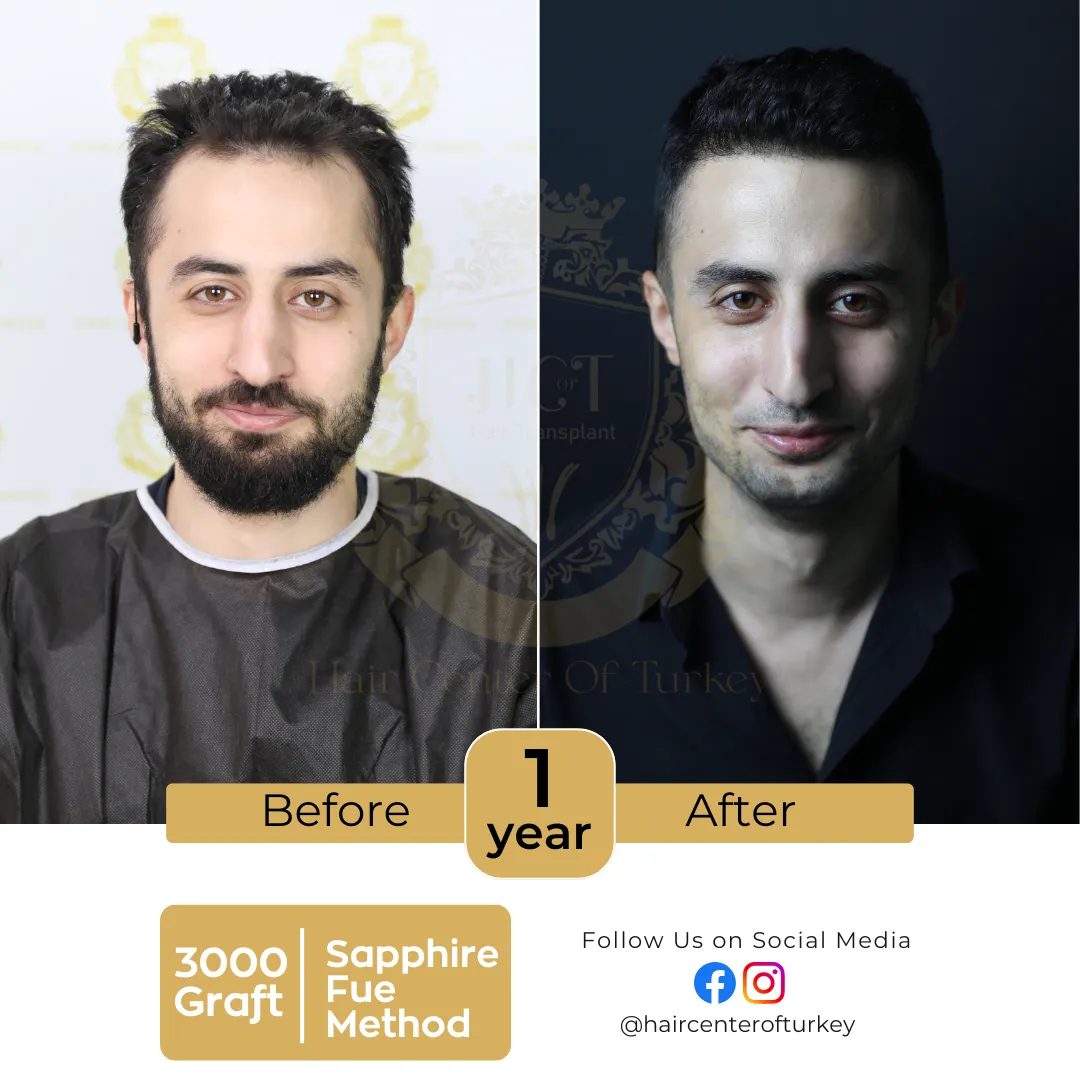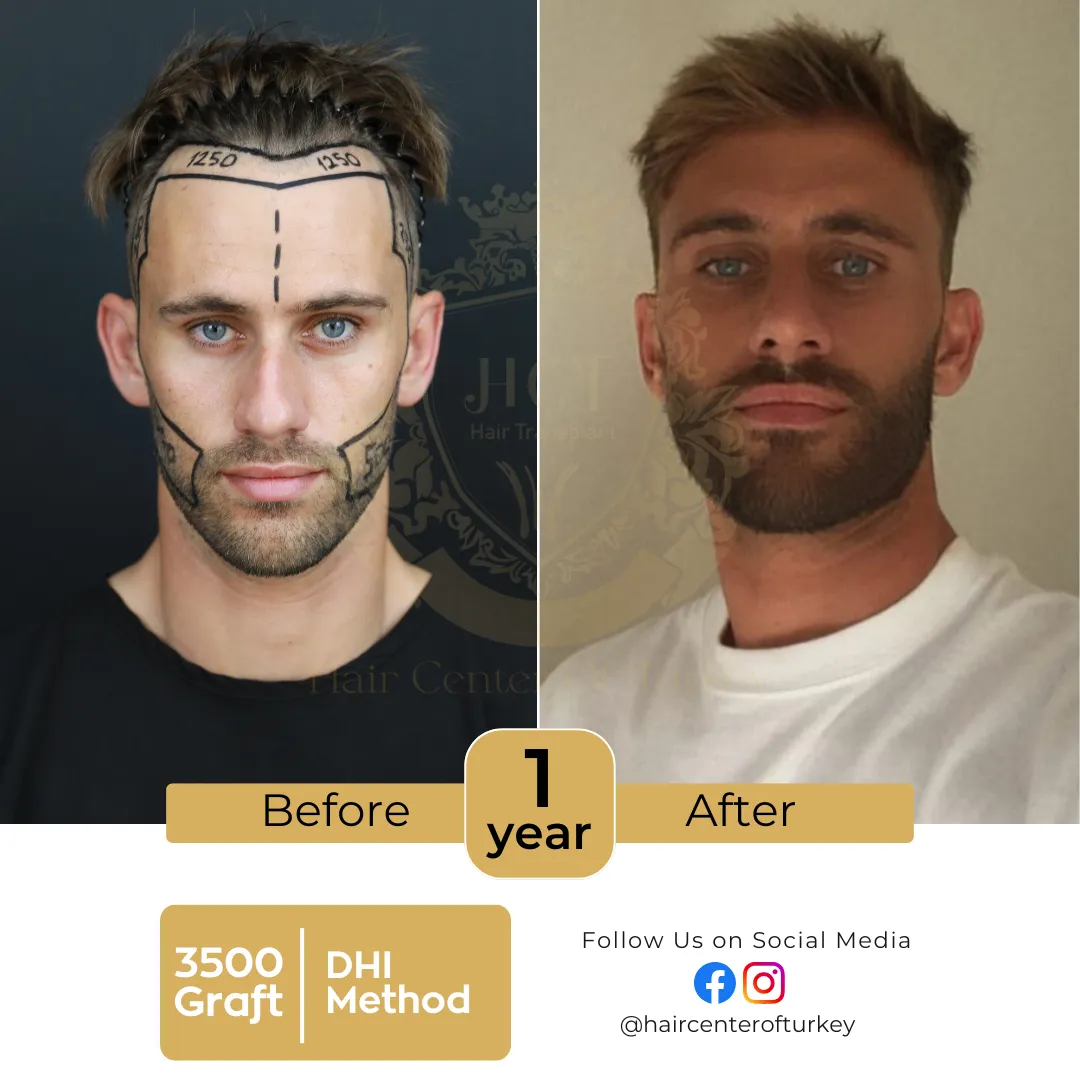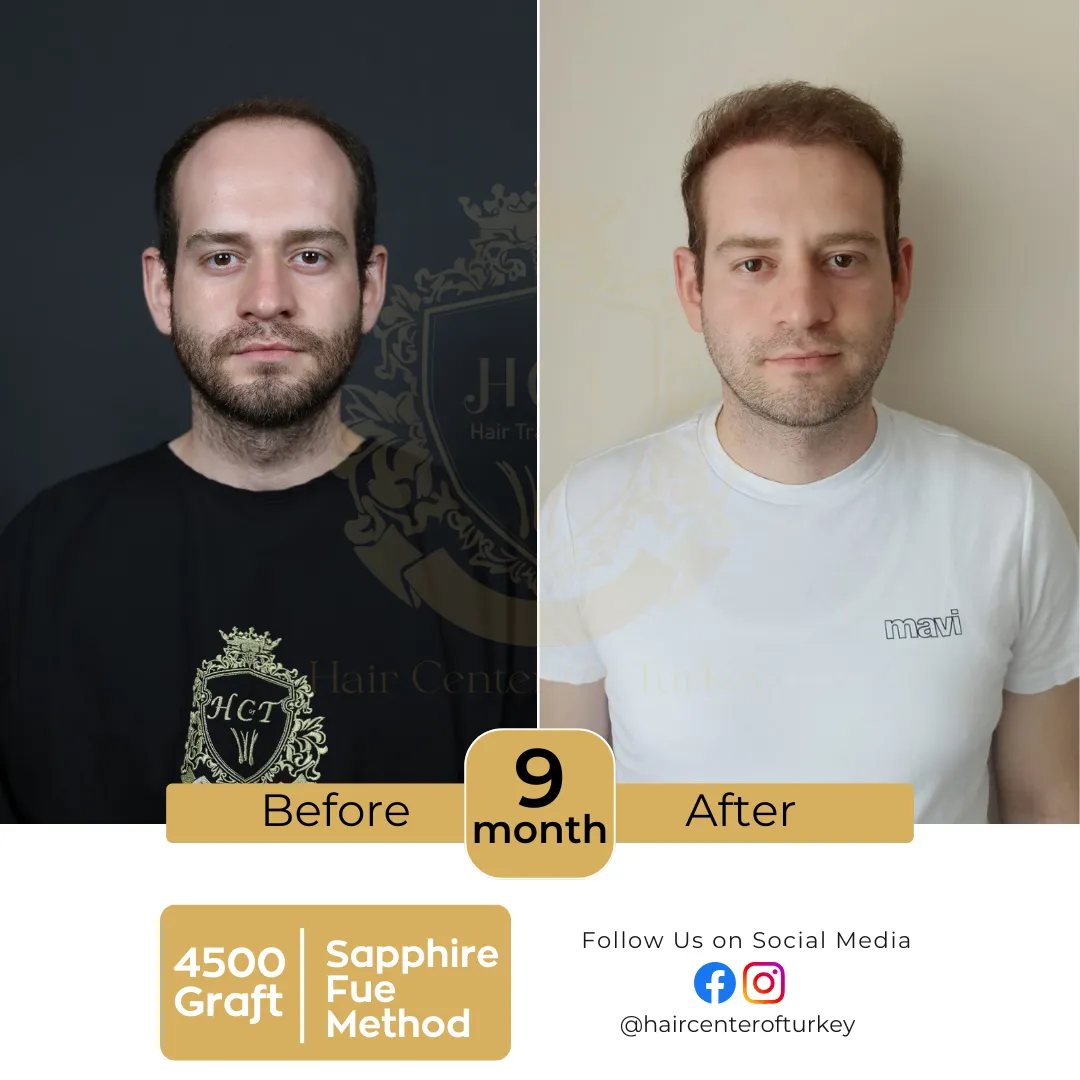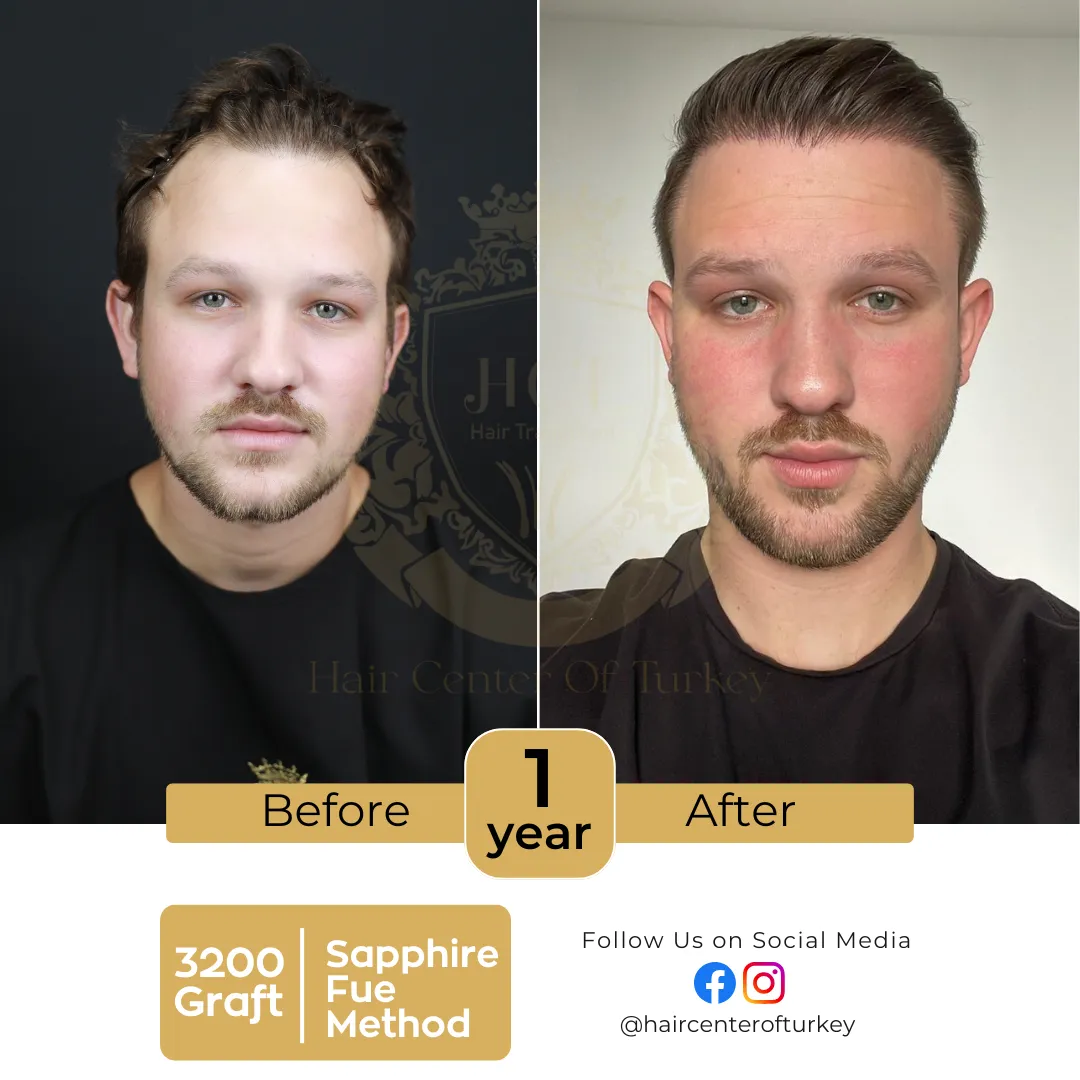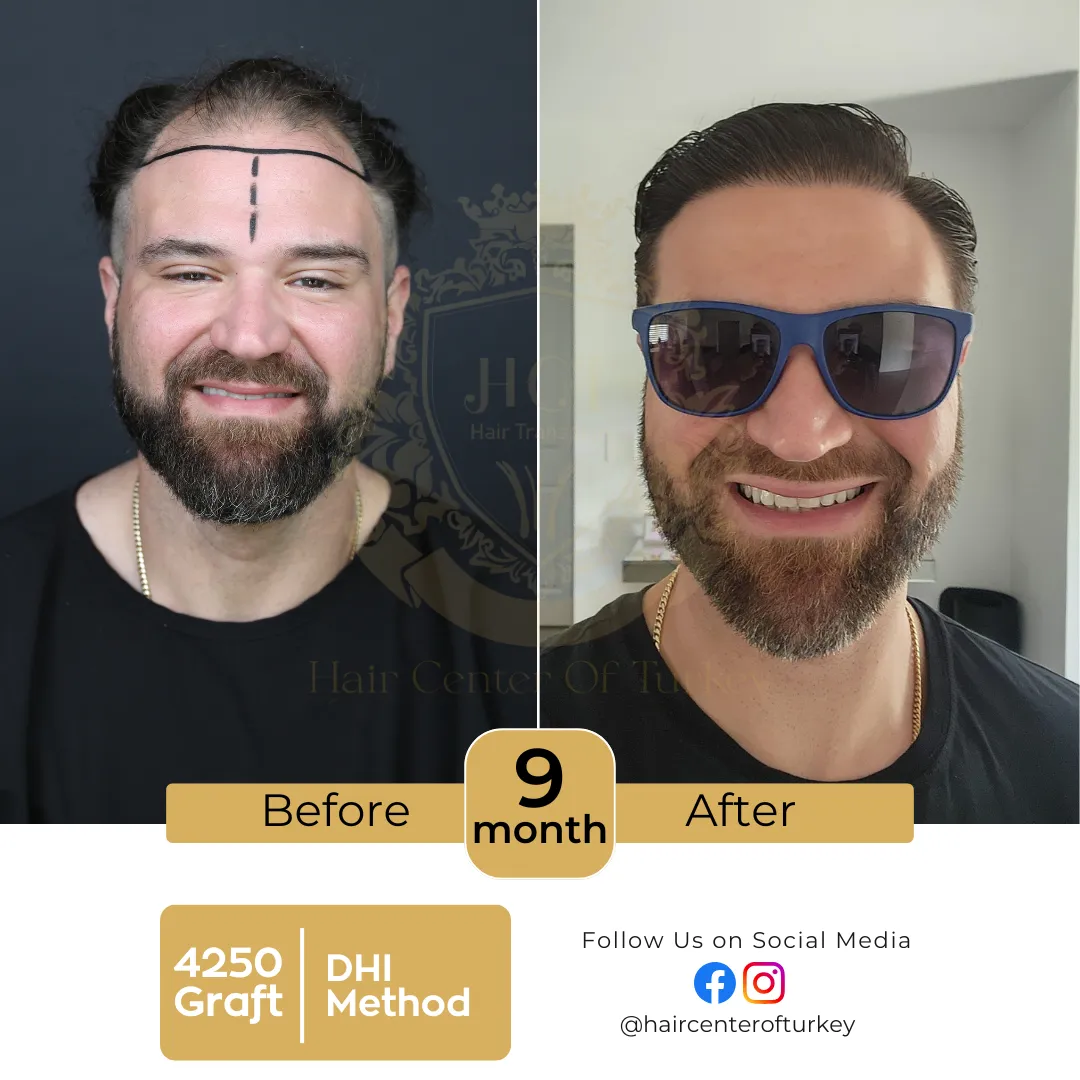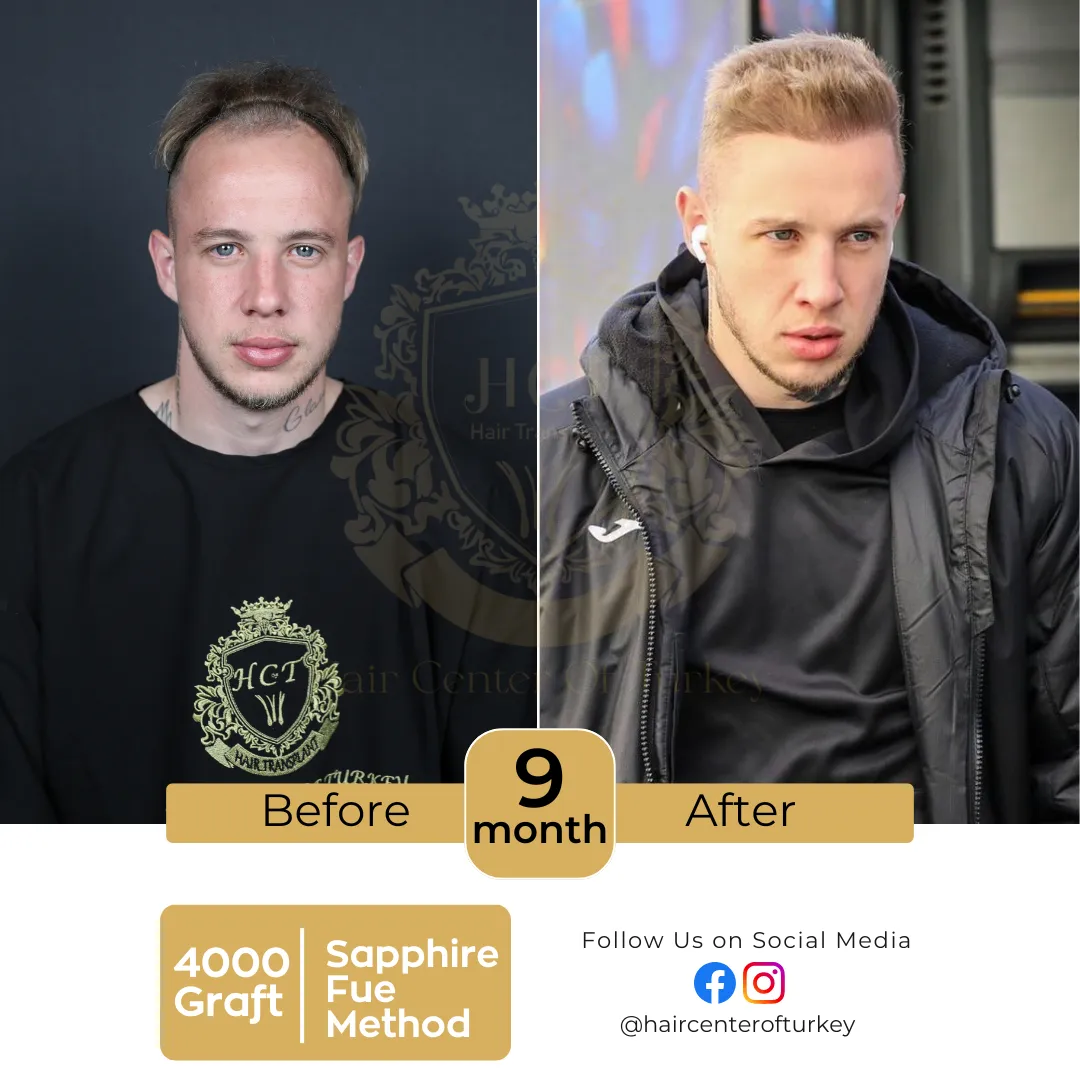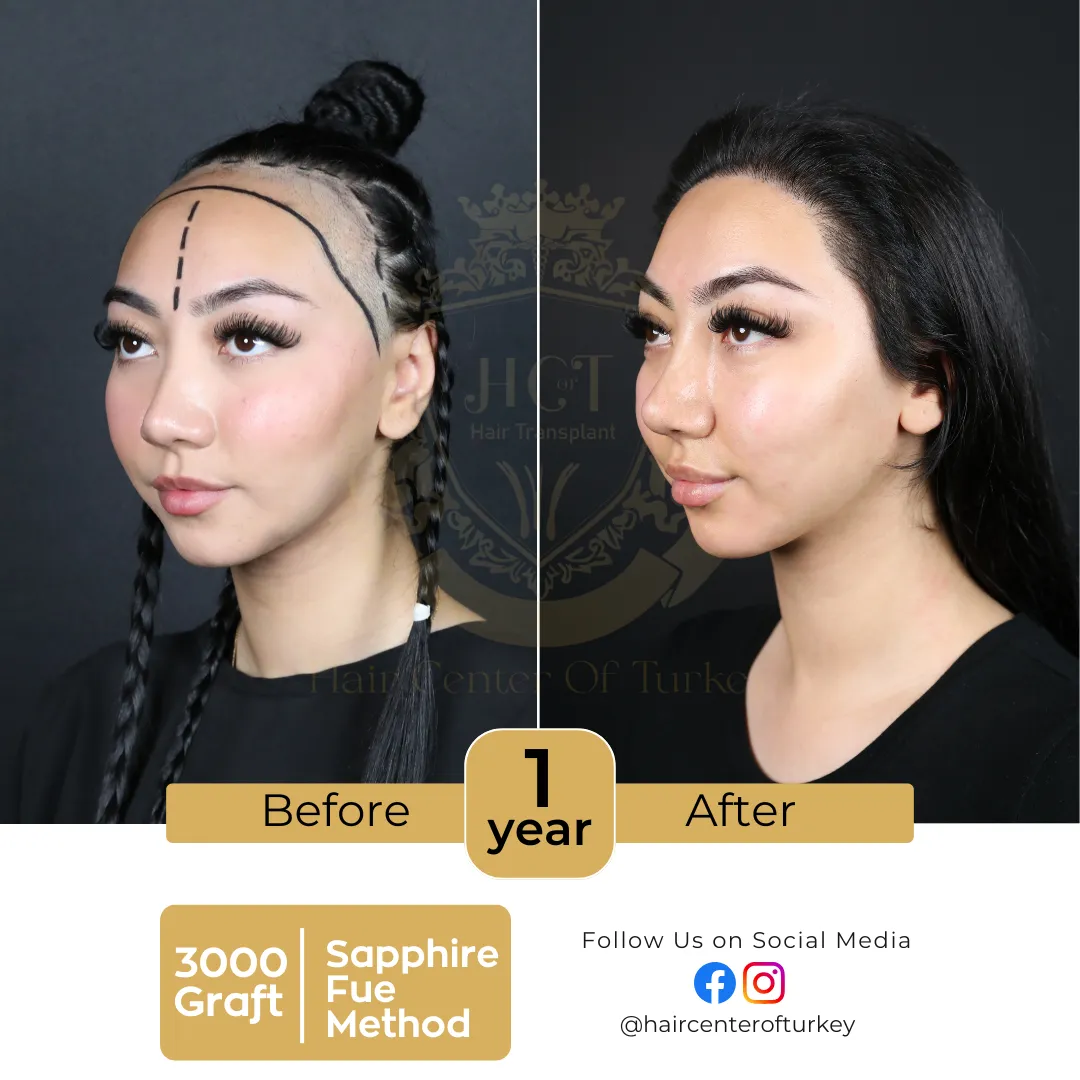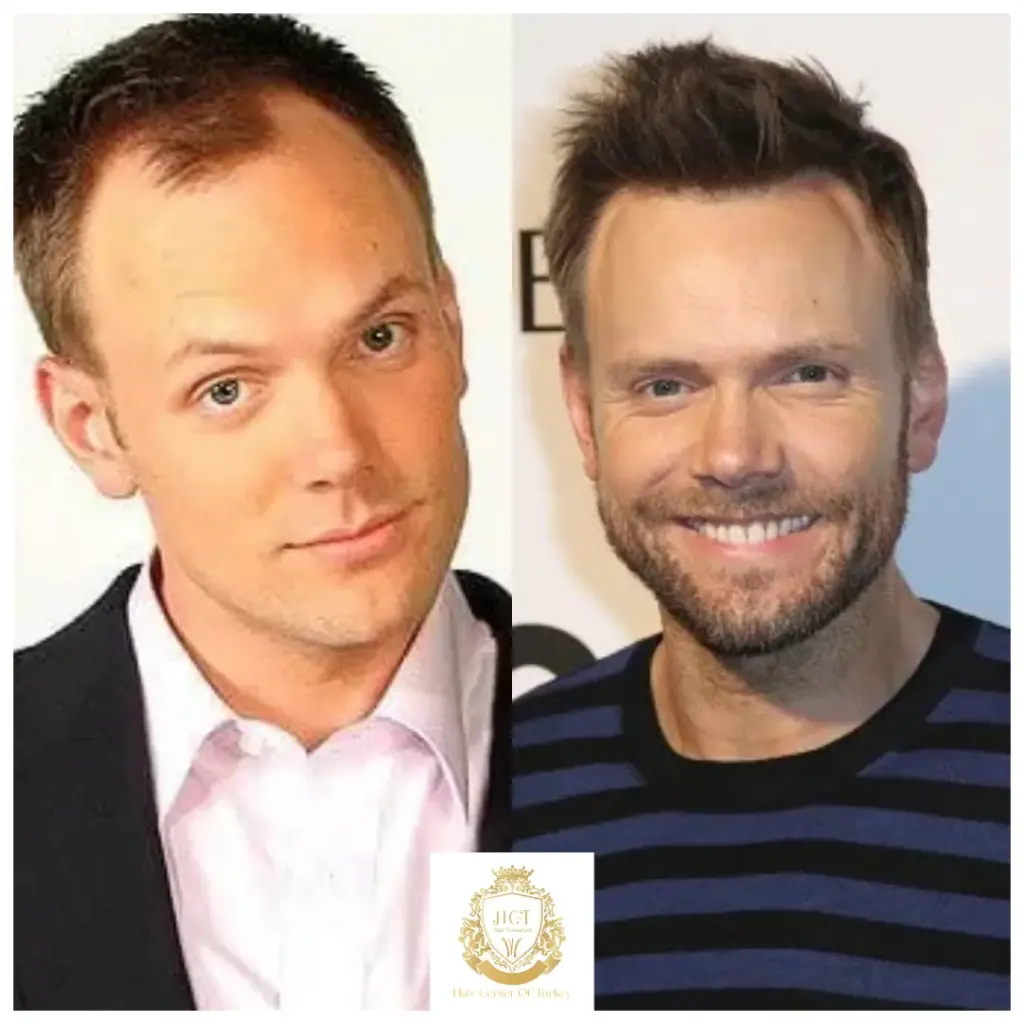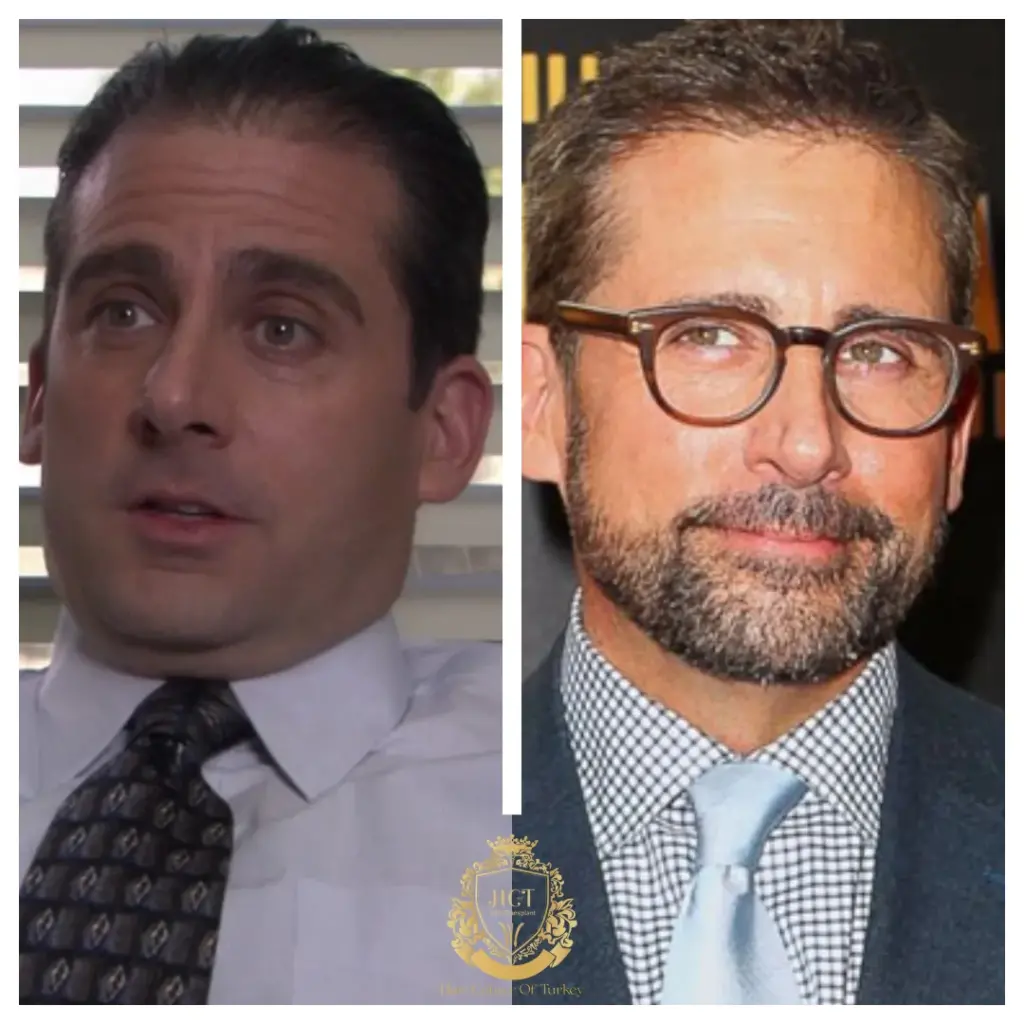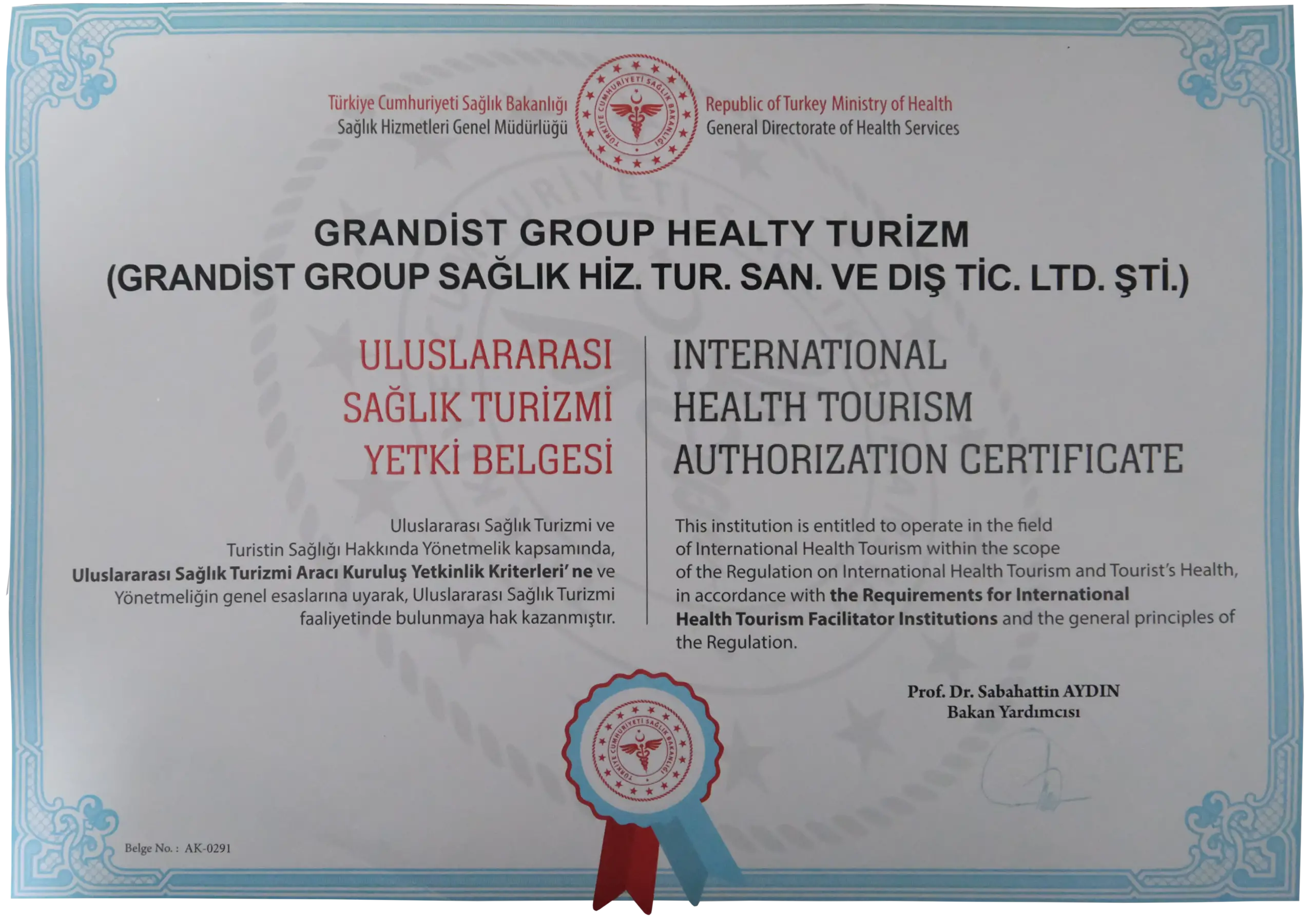Can Hair Grow Back After Balding?
Balding can seem like a permanent issue, but with the right understanding and approach, it’s possible to slow it down or even regrow hair. This article explores the causes of balding, natural methods of hair restoration, and whether medical solutions like hair transplants could provide permanent relief. If you’re struggling with hair loss, read on to discover effective treatments and solutions that could work for you.
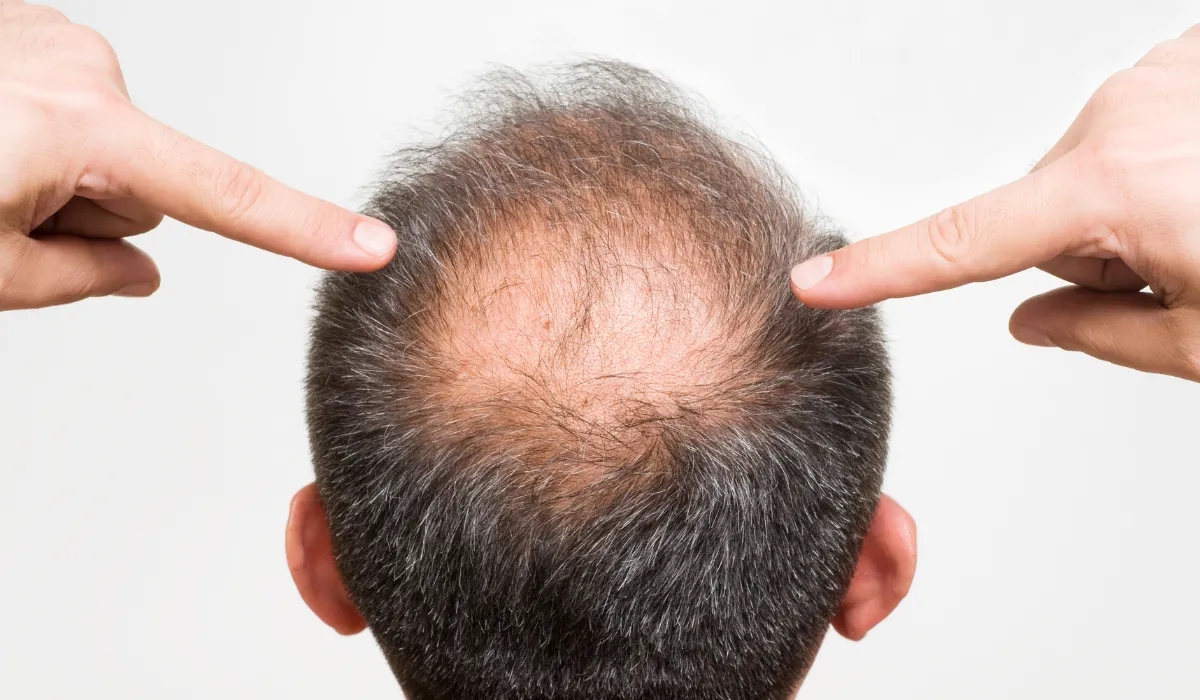
Causes Behind Balding
Balding is often due to a combination of genetics, hormonal changes, and aging. Male-pattern baldness is primarily genetic, while women may face thinning hair due to menopause or other hormonal shifts. Stress, lifestyle factors, and medical conditions also contribute to hair thinning. By identifying the cause, you can choose the best solution for restoring your hair.
Can Hair Be Regrown Without Medical Interventions?
Yes, it’s possible to regrow hair naturally, though results vary depending on the cause of hair loss. Natural remedies like scalp massages, essential oils (rosemary, peppermint), and vitamins may help nourish hair follicles. A healthy diet rich in biotin and iron also supports hair growth. However, if your hair loss is due to genetics, natural methods might not be enough to reverse the condition.

How Common Is a Receding Hairline?
Receding hairlines are widespread, especially in men, and increase in likelihood with age. Research shows that about half of men will experience this by age 50. Women can also be affected, often due to hormonal changes or genetics.
Factors of Hair Loss
Hair loss can be triggered by multiple factors, including poor nutrition, underlying medical conditions like thyroid problems, and genetic predispositions. Stress, medications, and even environmental factors can weaken hair follicles and cause hair to fall out. Understanding what triggers your hair loss is essential in finding the right treatment method.
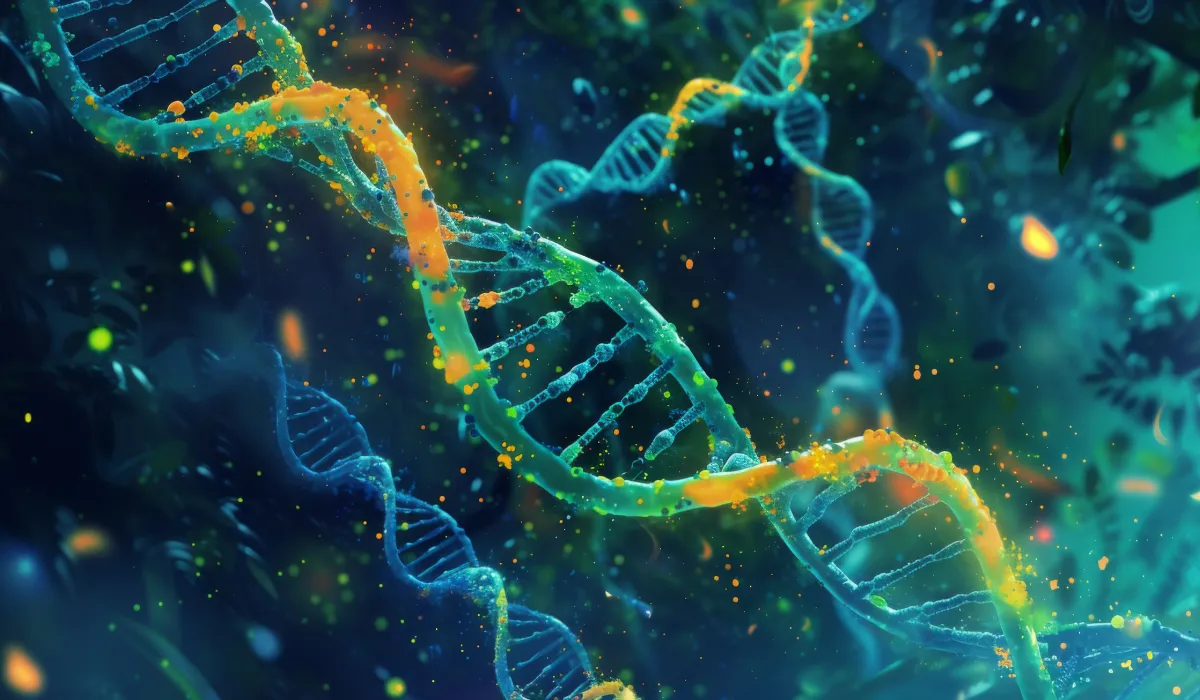
How to Prevent Baldness with Medical Solutions
To prevent further balding, medical treatments like minoxidil (Rogaine) and finasteride (Propecia) can be used to slow hair loss and promote regrowth. Other treatments such as platelet-rich plasma (PRP) therapy can stimulate hair growth by using your own blood platelets. Early treatment and consultation with a specialist can help you avoid extensive hair thinning.
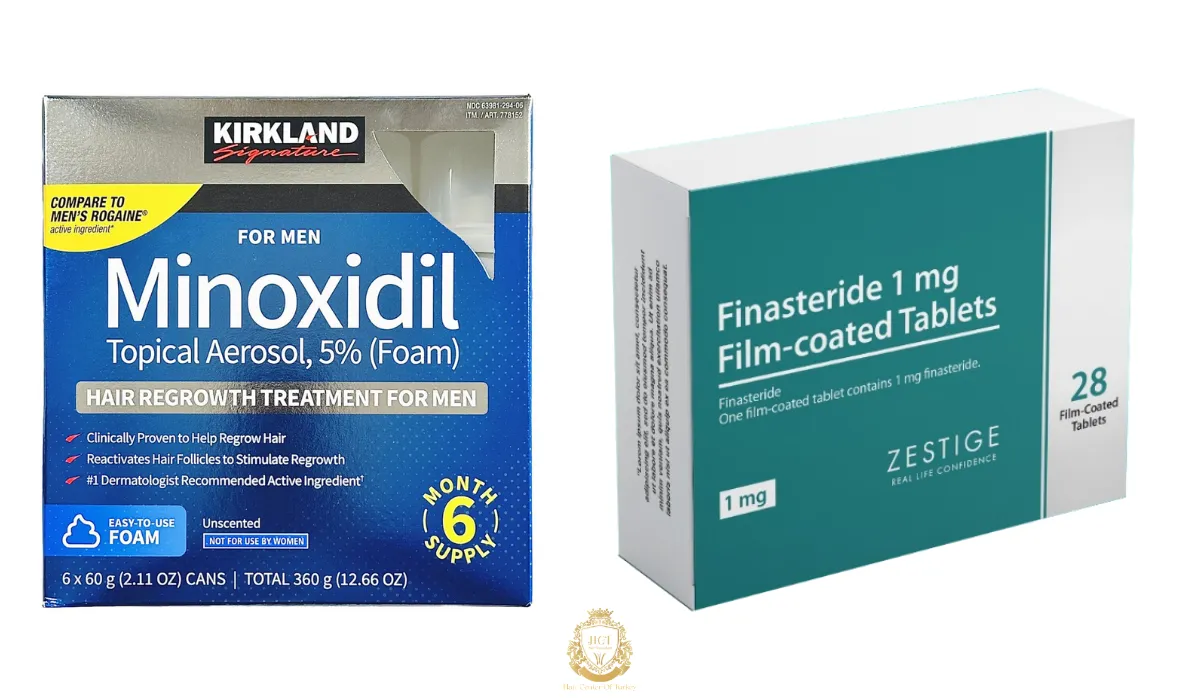
Hair Transplant: A Permanent Fix for Balding
Hair transplant offer a lasting solution for individuals with advanced hair loss. During a transplant, healthy hair follicles are relocated to areas with thinning or no hair. FUE (Follicular Unit Extraction) and DHI (Direct Hair Implantation) are the two primary methods used. Both techniques provide natural-looking, permanent results, making them an ideal choice for those with significant hair loss.

Natural Solutions for Hair Growth
Natural methods to promote hair growth include using oils such as castor and argan oil, which have been shown to nourish the scalp and stimulate hair follicles. Taking herbal supplements and maintaining a well-balanced diet full of vitamins and minerals can also help support hair health. Natural solutions can complement other treatments, though they may take longer to show noticeable results.

Permanent Solutions For Hair Loss
For those seeking a permanent solution to hair loss, hair transplant are highly effective. By moving healthy hair follicles to balding areas, this procedure ensures natural growth. However, it’s important to note that hair transplants may not be suitable for all individuals, especially those without enough healthy donor hair or those with certain health conditions. Consulting a specialist can help determine if this is the right option for you.

F.A.Q. (Frequently Asked Questions)


